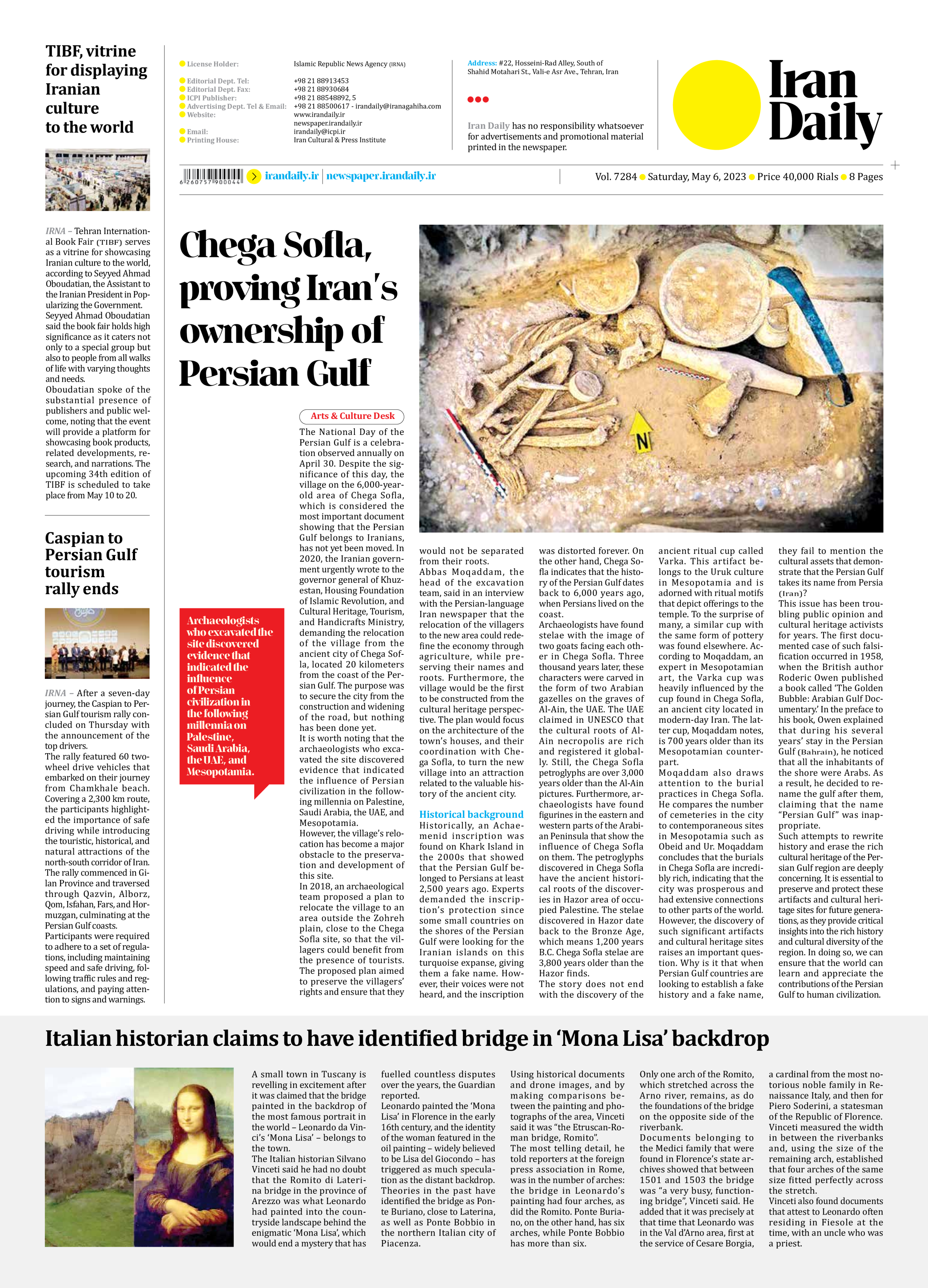
Italian historian claims to have identified bridge in ‘Mona Lisa’ backdrop
A small town in Tuscany is revelling in excitement after it was claimed that the bridge painted in the backdrop of the most famous portrait in the world – Leonardo da Vinci’s ‘Mona Lisa’ – belongs to the town.
The Italian historian Silvano Vinceti said he had no doubt that the Romito di Laterina bridge in the province of Arezzo was what Leonardo had painted into the countryside landscape behind the enigmatic ‘Mona Lisa’, which would end a mystery that has fuelled countless disputes over the years, the Guardian reported.
Leonardo painted the ‘Mona Lisa’ in Florence in the early 16th century, and the identity of the woman featured in the oil painting – widely believed to be Lisa del Giocondo – has triggered as much speculation as the distant backdrop.
Theories in the past have identified the bridge as Ponte Buriano, close to Laterina, as well as Ponte Bobbio in the northern Italian city of Piacenza.
Using historical documents and drone images, and by making comparisons between the painting and photographs of the area, Vinceti said it was “the Etruscan-Roman bridge, Romito”.
The most telling detail, he told reporters at the foreign press association in Rome, was in the number of arches: the bridge in Leonardo’s painting had four arches, as did the Romito. Ponte Buriano, on the other hand, has six arches, while Ponte Bobbio has more than six.
Only one arch of the Romito, which stretched across the Arno river, remains, as do the foundations of the bridge on the opposite side of the riverbank.
Documents belonging to the Medici family that were found in Florence’s state archives showed that between 1501 and 1503 the bridge was “a very busy, functioning bridge”, Vinceti said. He added that it was precisely at that time that Leonardo was in the Val d’Arno area, first at the service of Cesare Borgia, a cardinal from the most notorious noble family in Renaissance Italy, and then for Piero Soderini, a statesman of the Republic of Florence.
Vinceti measured the width in between the riverbanks and, using the size of the remaining arch, established that four arches of the same size fitted perfectly across the stretch.
Vinceti also found documents that attest to Leonardo often residing in Fiesole at the time, with an uncle who was a priest.







